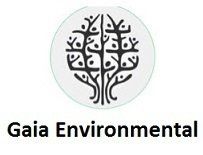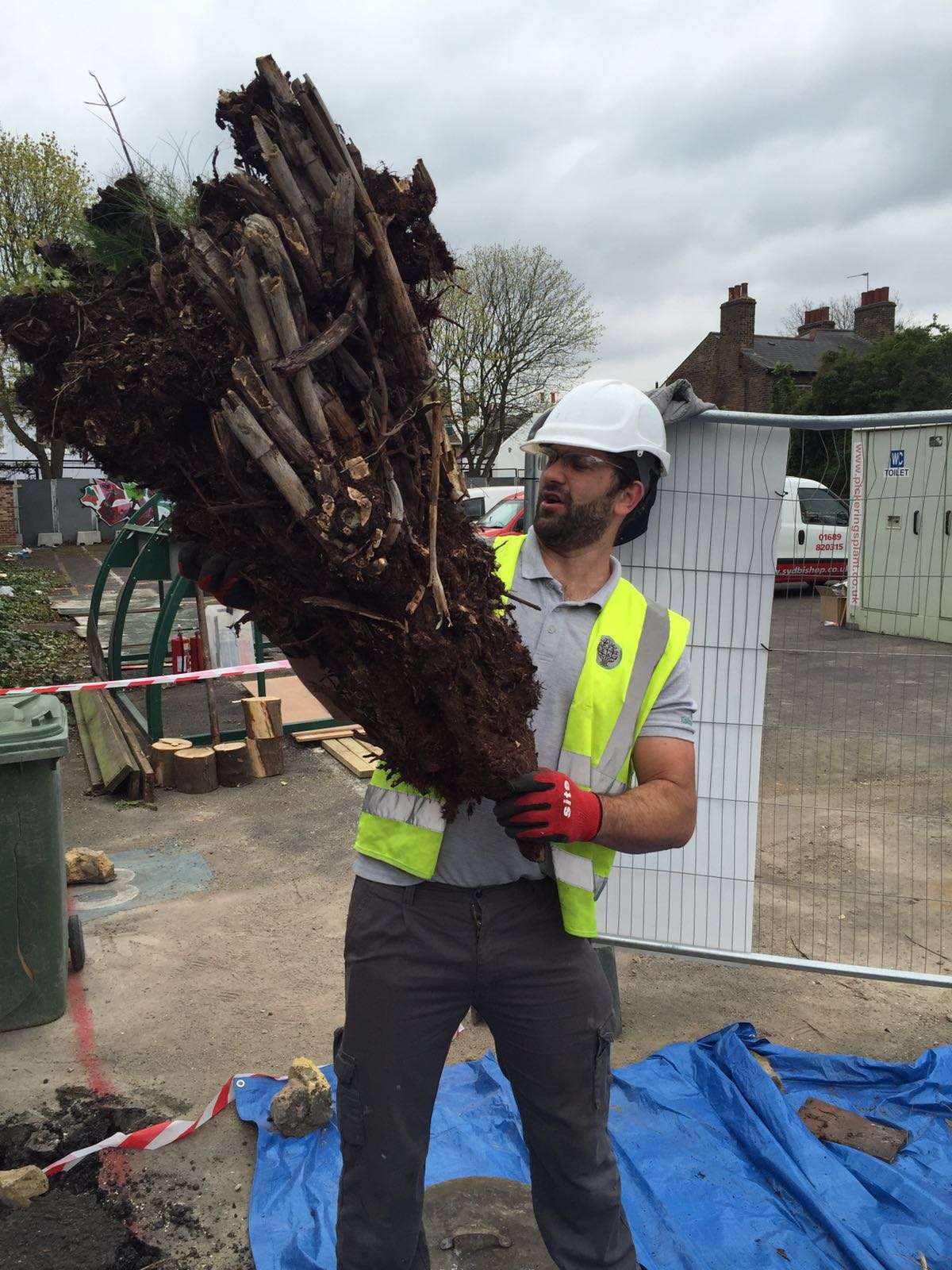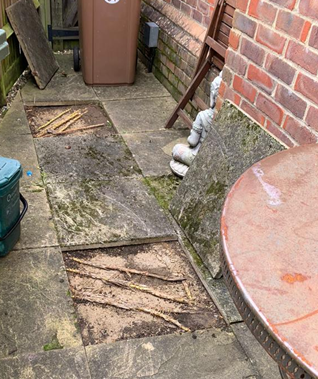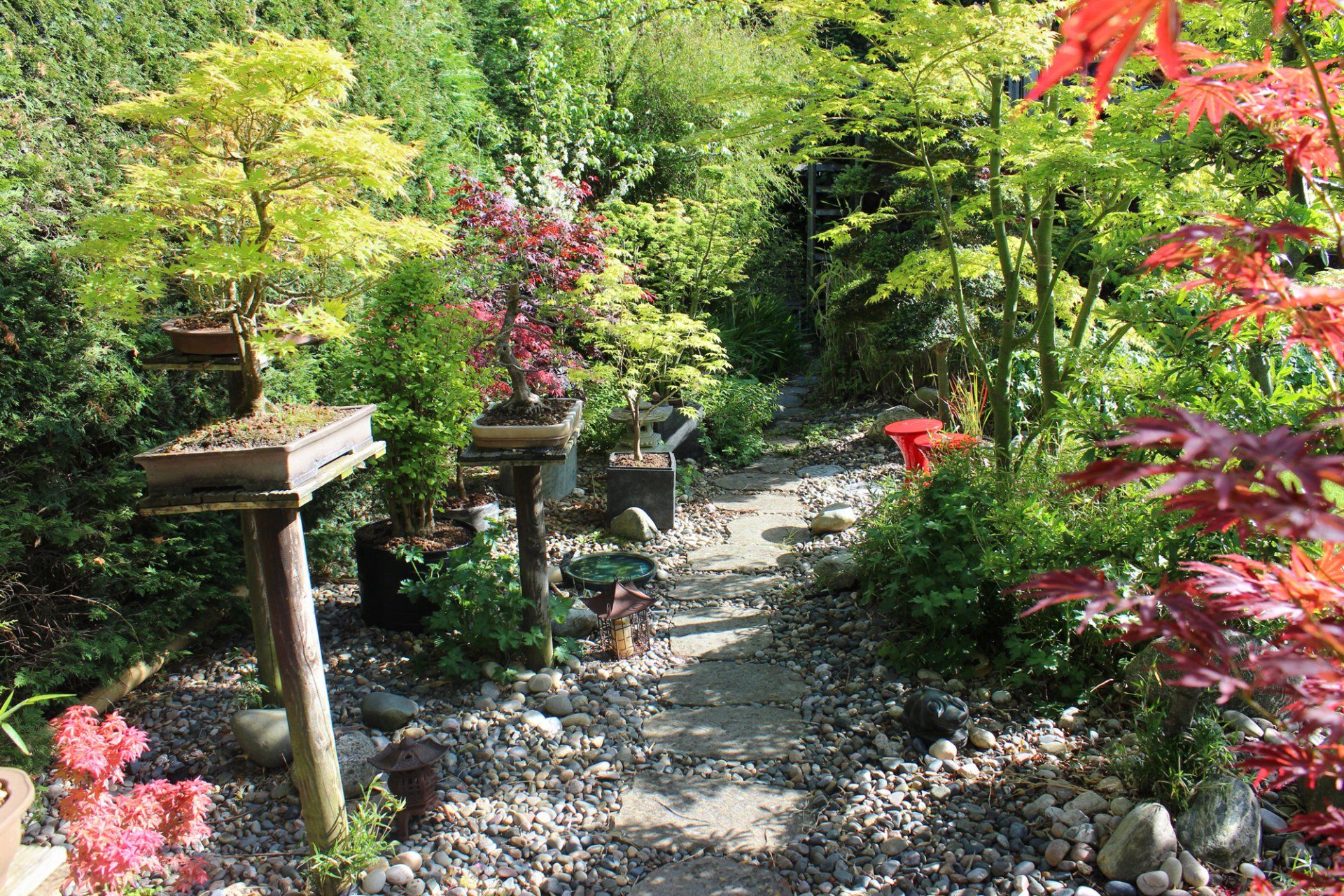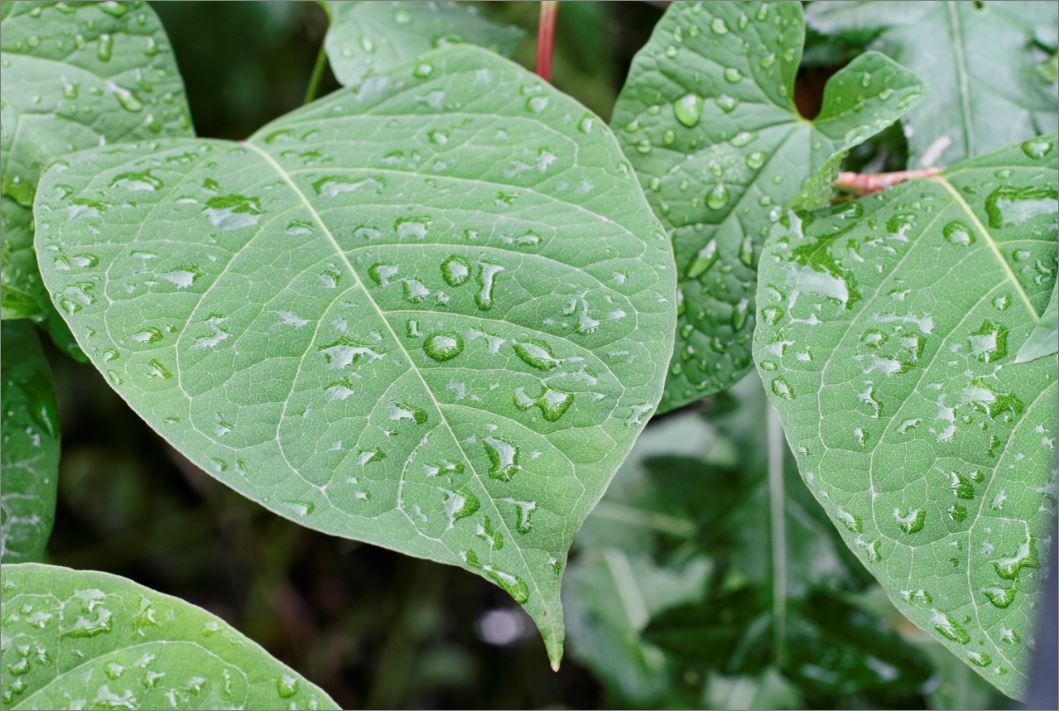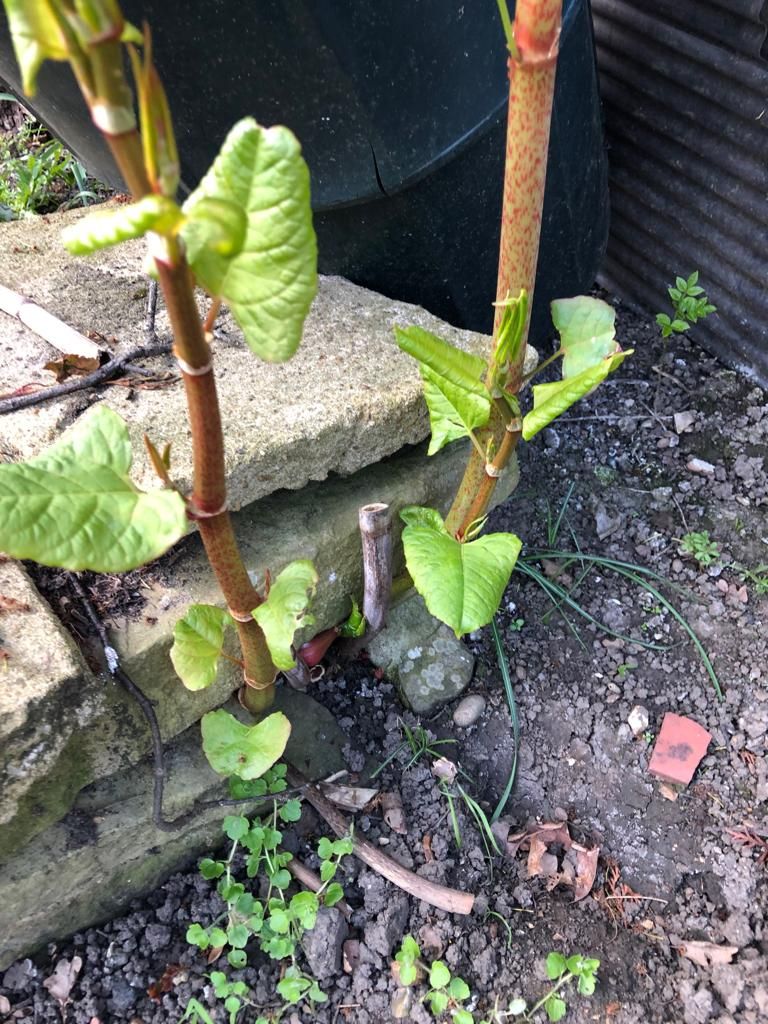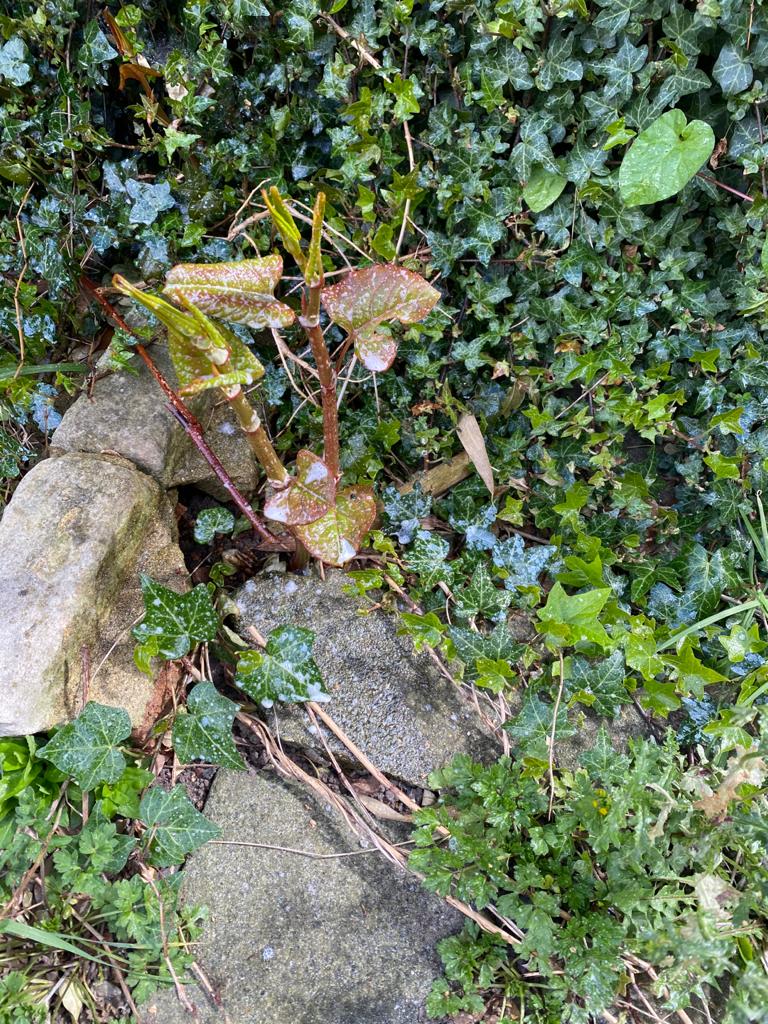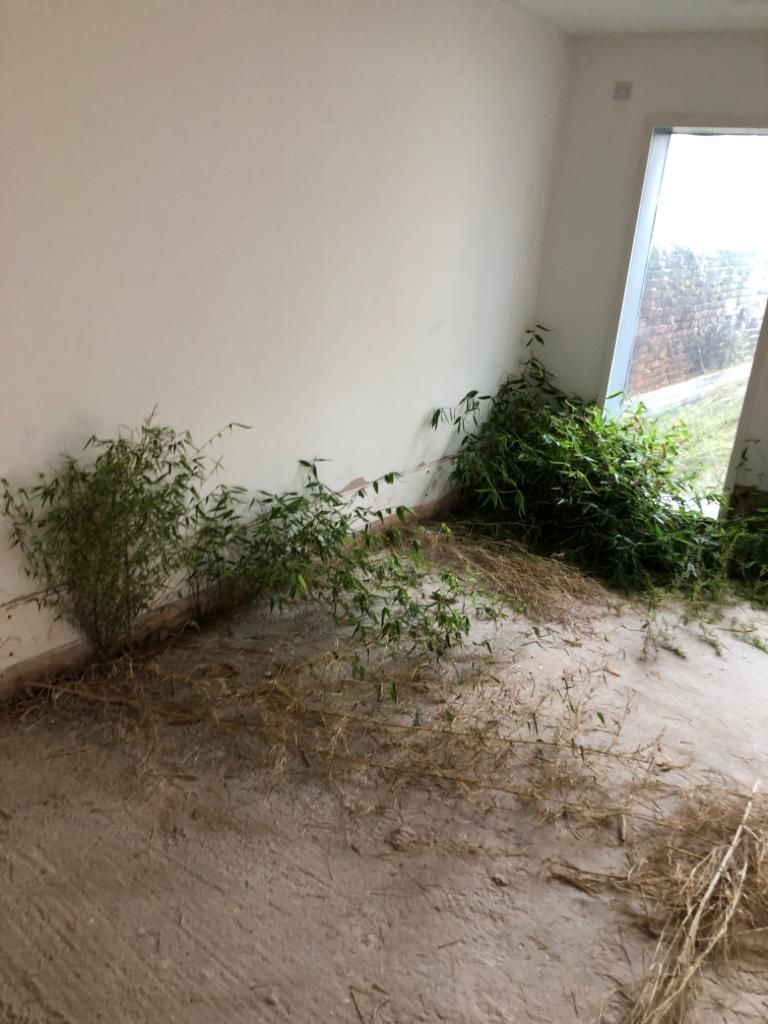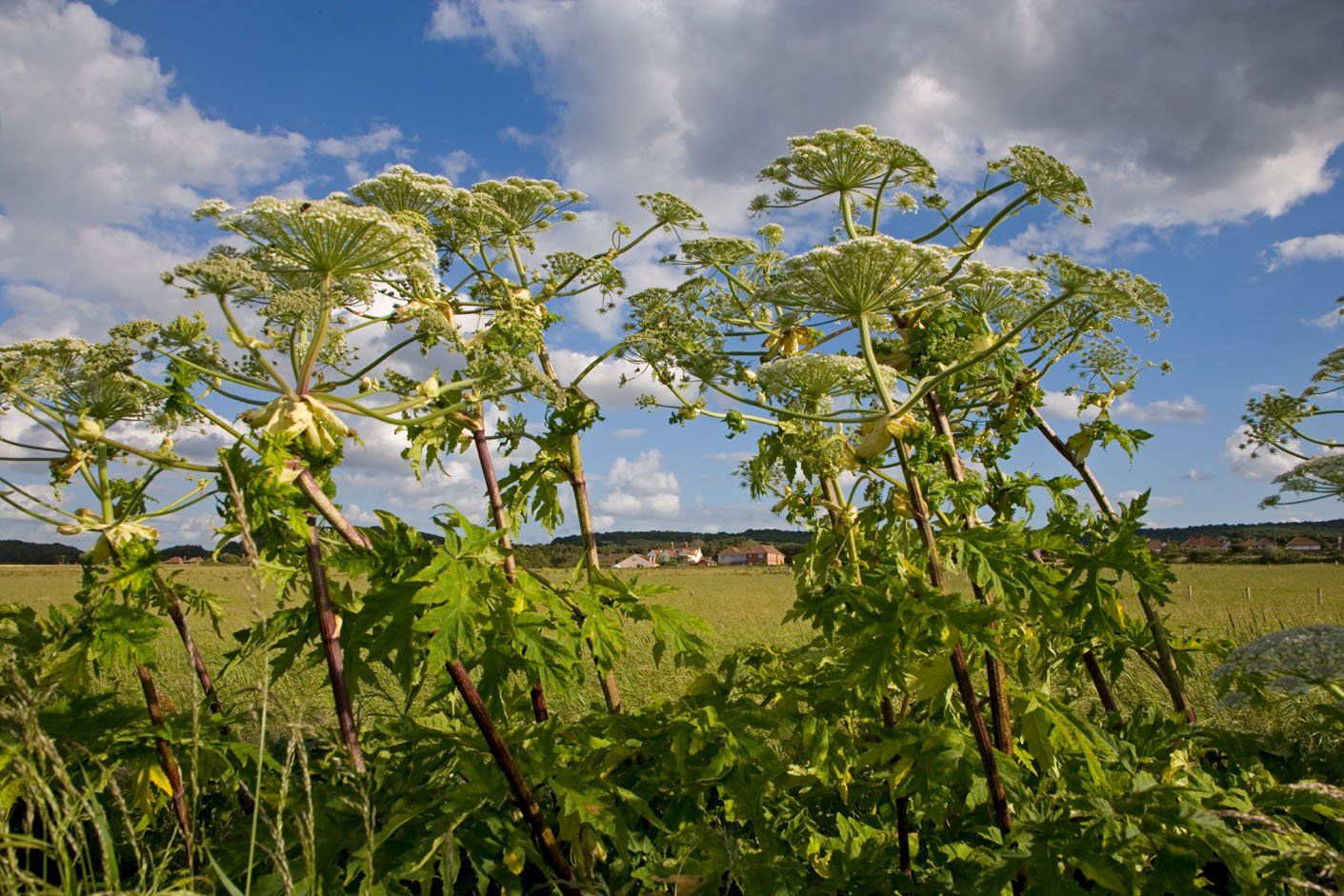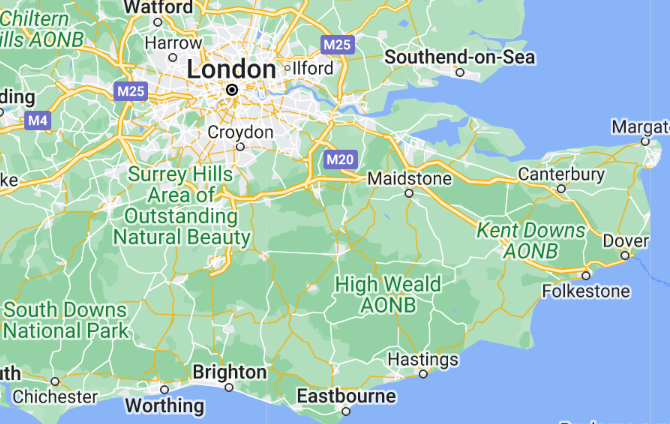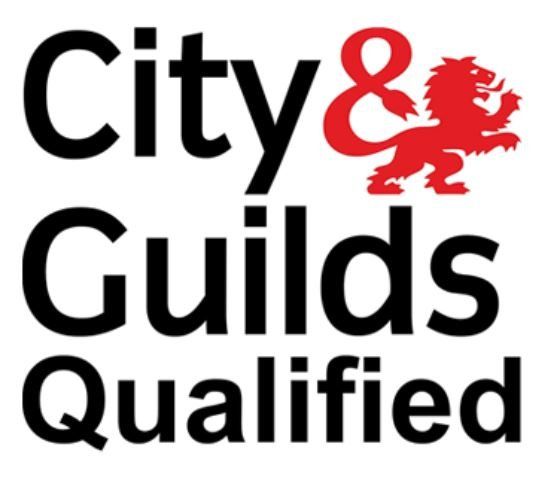How Can Japanese Knotweed Affect Mortgage Applications?
Japanese knotweed is no normal weed. Due to its extremely invasive and persistent nature, the strength of the plant can cause structural damage and tends to come back stronger each year after hibernating throughout the winter. So, what does this mean for homeowners or those applying for a mortgage when the plant is present?
Read on for all you need to know.
Can I get a mortgage when a property has Japanese knotweed?
You can get a mortgage when knotweed is present on a property, however, many lenders are wary of this due to the possible complications it can cause. In 2010, a major mortgage lender refused to lend on a property affected by Japanese knotweed causing almost all lenders to recognise the associated risks. In most cases, knotweed removal is required before a mortgage can be accepted.
Why do some mortgage lenders avoid Japanese knotweed?
When you understand the true extent of knotweed, it’s easy to understand why lenders want to avoid these kinds of infestations. Japanese knotweed can grow at a rapid rate - up to 20cm a day! Although it can reach heights of around 6 metres, it’s the areas you can’t see that often cause the most damage.
The weed can cause cracks in a property’s foundations, break through floorboards inside the home, find weak spots in conservatories, extensions and more. These reasons cause mortgage lenders to be concerned about the potential of the weed and the risks associated with the damage and potential difficulty of reselling the home.
How do mortgage lenders assess the severity of Japanese knotweed?
Every lender has different criteria for assessing knotweed, however, the Royal Institute of Chartered Surveyors (RICS) have 4 risk categories:
● 4 Highest Risk: Knotweed is within 7 metres of a habitable space on the property or in a neighbouring property. It’s causing serious damage and requires immediate intervention.
● 3 Medium to high Risk: The knotweed is present but more than 7 metres away from the property boundaries. There may be minor structural damage that could progress into something more severe.
● 2 Medium to Low Risk: Japanese knotweed is seen on a neighbouring property or land. Here, it was within 7 metres of the boundary, but more than 7 metres away from habitable spaces, conservatory and/or garage of the subject property.
● 1 Low Risk: Knotweed is found in a neighbouring property, more than seven metres, or an empty space like a railway bank or wasteland.
It’s always best to have a professional Japanese knotweed removal expert assess the condition of the weed and remove it as soon as possible.
At
Gaia Environmental Ltd, we have experience removing and preventing Japanese knotweed. Our team will identify the species, assess the extent of the invasion and begin an effective removal process throughout London, Surrey and the South East. Send us a picture of your invasive weed and we'll identify it for you for FREE.
Alternatively, get in touch with us today for more information about Japanese knotweed removal.

